The discovery of a pair of genes that work in perfect harmony to protect male fertility, could provide new insights into some unexplained cases of the most severe form of infertility, research suggests.
Tag: Mutations
Interactions between flu subtypes predict epidemic severity more than virus evolution
Researchers have shed new light on how viral evolution, population immunity, and the co-circulation of other flu viruses shape seasonal flu epidemics.
Antiviral drug linked to SARS-CoV-2 mutations
Researchers at the Francis Crick Institute, the University of Cambridge, Imperial College London, the University of Liverpool, the University of Cape Town and UKHSA have uncovered a link between an antiviral drug for COVID-19 infections called molnupiravir and a pattern of mutations in the SARS-CoV-2 virus.
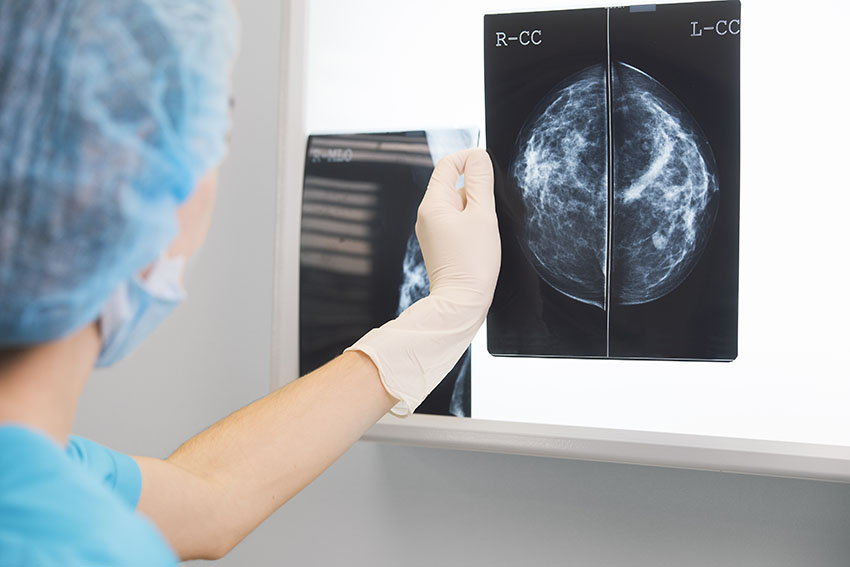
How Breast Cancer Arises
At a glance:
Researchers trace the origin of certain breast cancers to genomic reshuffling — rearrangement of chromosomes — that activates cancer genes and ignites disease.
The finding offers a long-missing explanation for many cases of the disease that remain unexplained by the classical model of breast cancer development.
The study shows the sex hormone estrogen — thus far thought to be only a fuel for breast cancer growth — can directly cause tumor-driving genomic rearrangements.
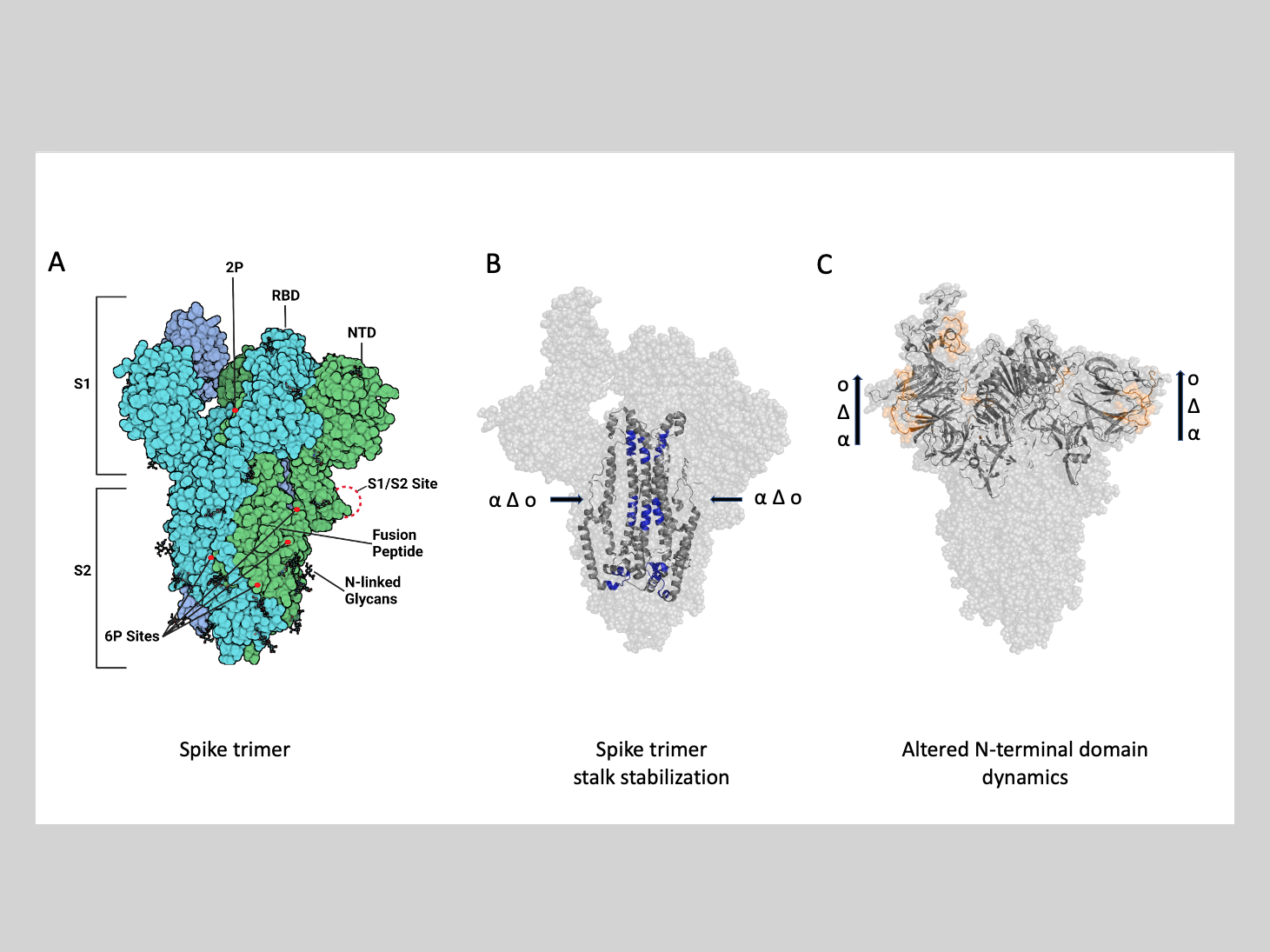
A tighter core stabilizes SARS-CoV-2 spike protein in new emergent variants
New research led by Penn State reveals that the stem region of the spike protein became progressively tighter over time, and the team thinks this likely improved the virus’s ability to transmit through nasal droplets and infect host cells once in the body.
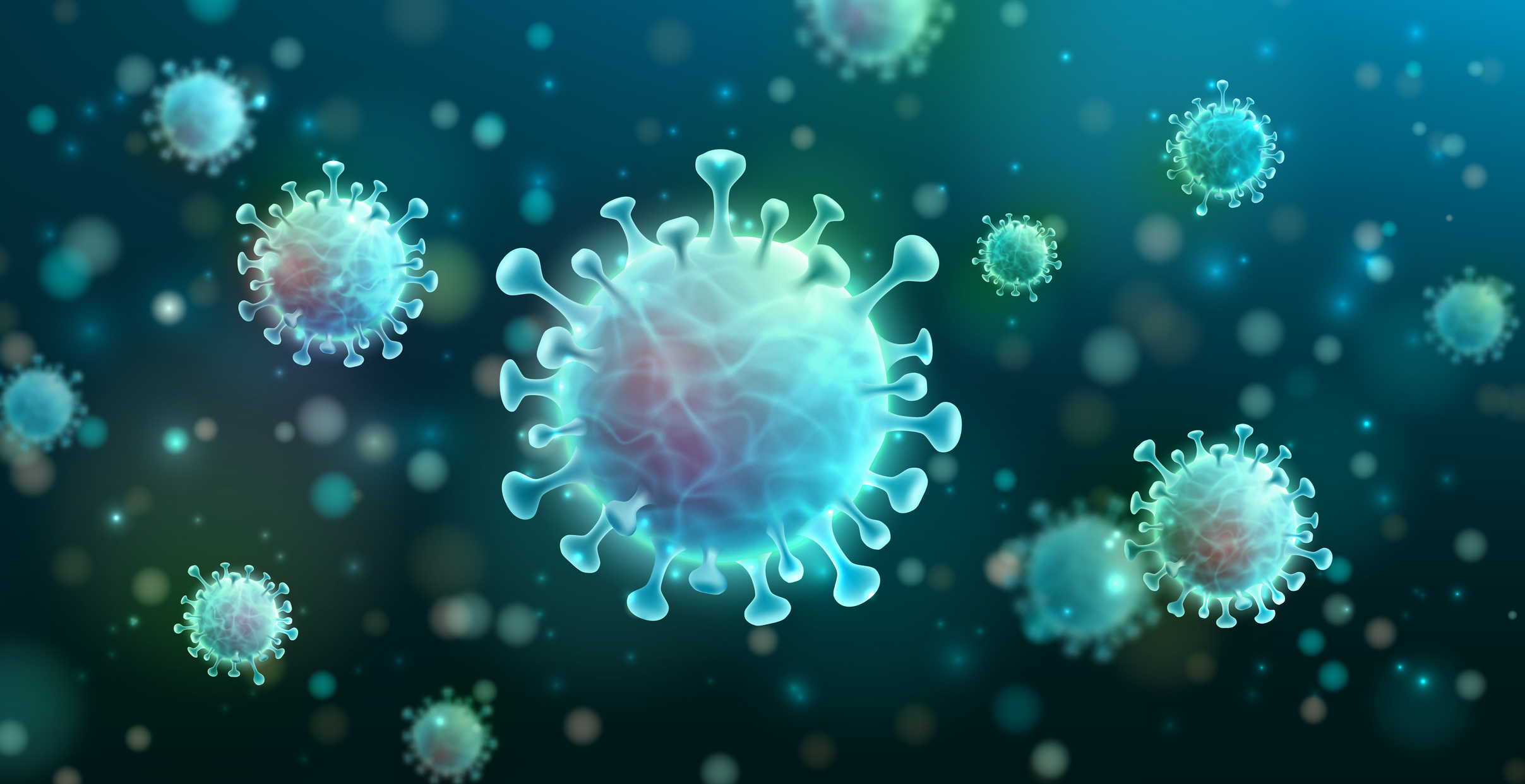
Key Change in Genetics of SARS-CoV-2 Evolved to Counter Weakness Caused by the Virus’ Initial Mutation that Enabled Its Spread
Researchers at Johns Hopkins Medicine say their new studies suggest that the first pandemic-accelerating mutation in the SARS-CoV-2 virus, which causes COVID-19, evolved as a way to correct vulnerabilities caused by the mutation that started the SARS-CoV-2 pandemic.
Sperm screening might detect harmful mutations before embryo implantation
Screening sperm for new mutations may help fertility doctors reduce the likelihood of a prospective father passing along a mutation that causes a miscarriage or a congenital disease in their offspring.
Gene Sequencing an Important Tool in COVID-19 Battle
Researchers use gene sequencing to combat COVID-19.
Hopkins Med News Update
Hopkins Med News Update
Genomic Surveillance Crucial to Mitigate and Contain COVID-19
Researchers say that genomic surveillance to mitigate and contain COVID-19 is equally crucial to detect variants that are phenotypically or antigenically different well before they spread throughout the U.S. and the rest of the world. Genomic surveillance leverages applications of next-generation sequencing and phylogenetic methods to facilitate greater early anticipation as well as initiation of effective strategies to mitigate and contain outbreaks of SARS-CoV-2 variants and other novel viruses.
SARS-CoV-2 Worldwide Replication Drives Rapid Rise and Selection of Mutations
The number of COVID-19 variants is growing rapidly, so much that the scale and scope of mutation may pose a threat to the continuing successful use of the current vaccines and therapies. The findings, by an international team that includes University of California researchers, are being published in the June edition of the peer-reviewed journal EMBO Molecular Medicine. The pace of variation of the SARS-CoV-2 virus strains makes plain the threat that rapidly evolving new strains might give rise to escape variants, capable of limiting the efficacy of vaccines, therapies, and diagnostic tests.
Hopkins-Led Research Team Takes Gene Mutation Detection in Blood to the Next Level
Next-generation gene sequencing (NGS) technologies —in which millions of DNA molecules are simultaneously but individually analyzed— theoretically provides researchers and clinicians the ability to noninvasively identify mutations in the blood stream. Identifying such mutations enables earlier diagnosis of cancer and can inform treatment decisions. Johns Hopkins Kimmel Cancer Center researchers developed a new technology to overcome the inefficiencies and high error rates common among next-generation sequencing techniques that have previously limited their clinical application.
New Study Shows How Mutations in SARS-CoV-2 Allow the Virus to Evade Immune System Defenses
Research reveals how mutated SARS-CoV-2 evades immune system defenses
In lab-dish experiments, the mutant virus escaped antibodies from the plasma of
COVID-19 survivors as well as pharmaceutical-grade antibodies
Mutations arose in an immunocompromised patient with chronic SARS-CoV-2 infection
Patient-derived virus harbored structural changes now seen cropping up independently in samples across the globe
Findings underscore the need for better genomic surveillance to keep track of emerging variants
Results highlight importance of therapies aimed at multiple targets on SARS-CoV-2 to minimize risk of resistance

UNC Charlotte Bioinformatics professor and noted expert Dan Janies is researching how variants of SARS-CoV-2 transmit and respond to treatment.
Dan Janies has advised on the animal origins and spread of SARS-CoV-1, MERS, SARS-CoV-2, other coronavirus strains, and variations within strains. Currently, he is working on the new variants of concern of SARS-CoV-2. Variant SARS-CoV-2 contain mutations that change how…
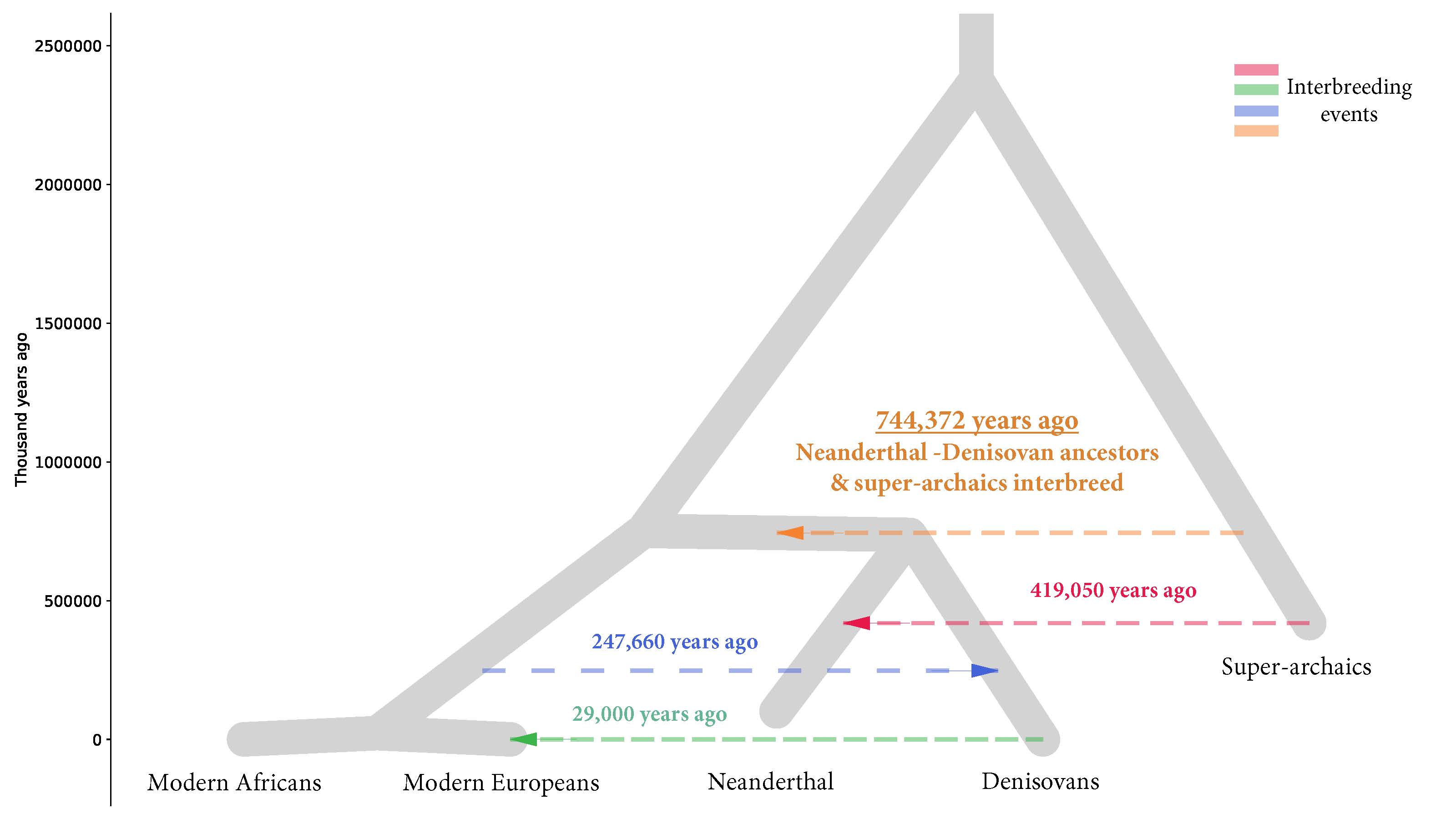
Earliest interbreeding event between ancient human populations discovered
The study documented the earliest known interbreeding event between ancient human populations— a group known as the “super-archaics” in Eurasia interbred with a Neanderthal-Denisovan ancestor about 700,000 years ago. The event was between two populations more distantly related than any other recorded.
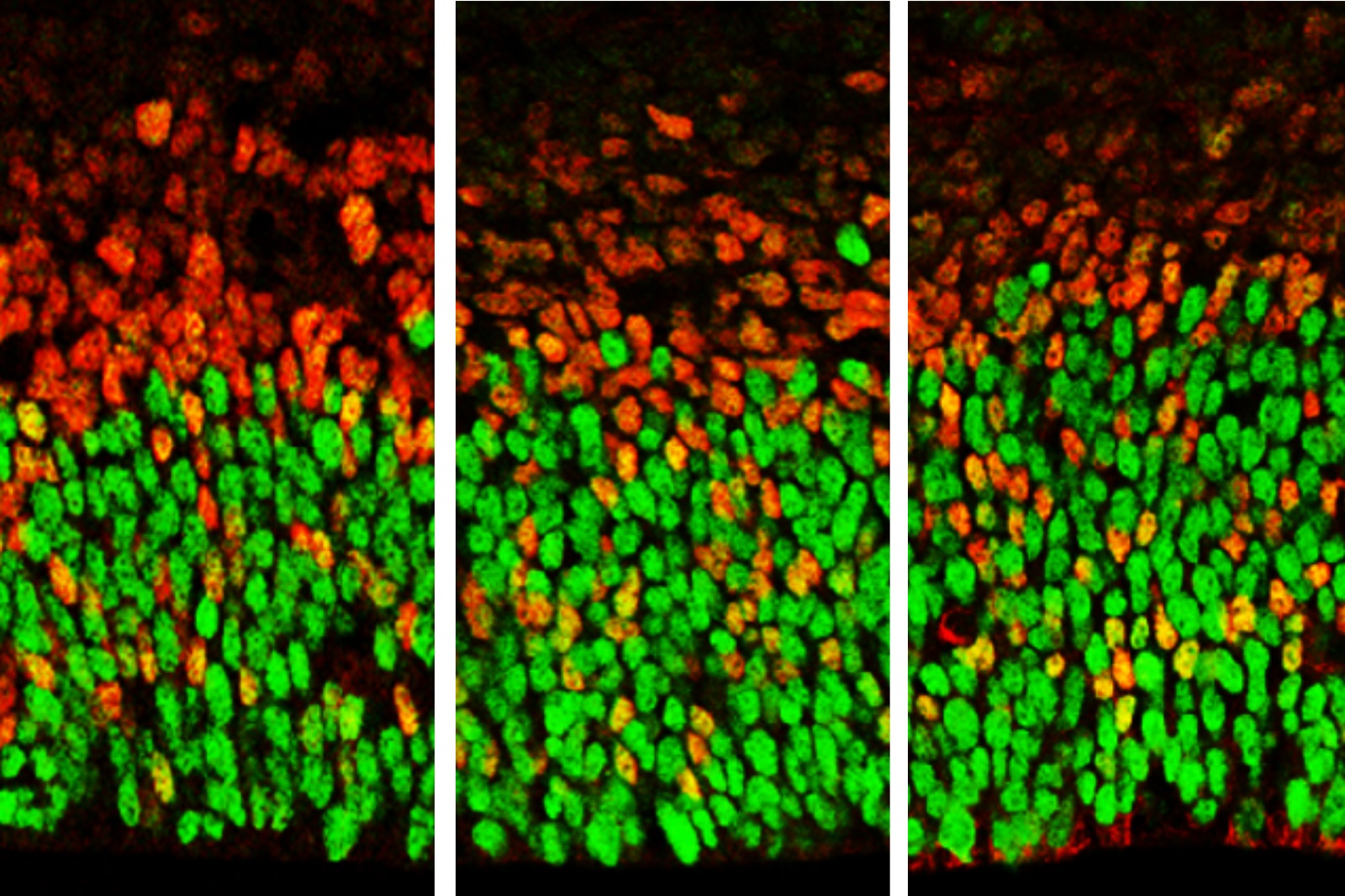
Gene associated with autism also controls growth of the embryonic brain
A UCLA-led study reveals a new role for a gene that’s associated with autism spectrum disorder, intellectual disability and language impairment.
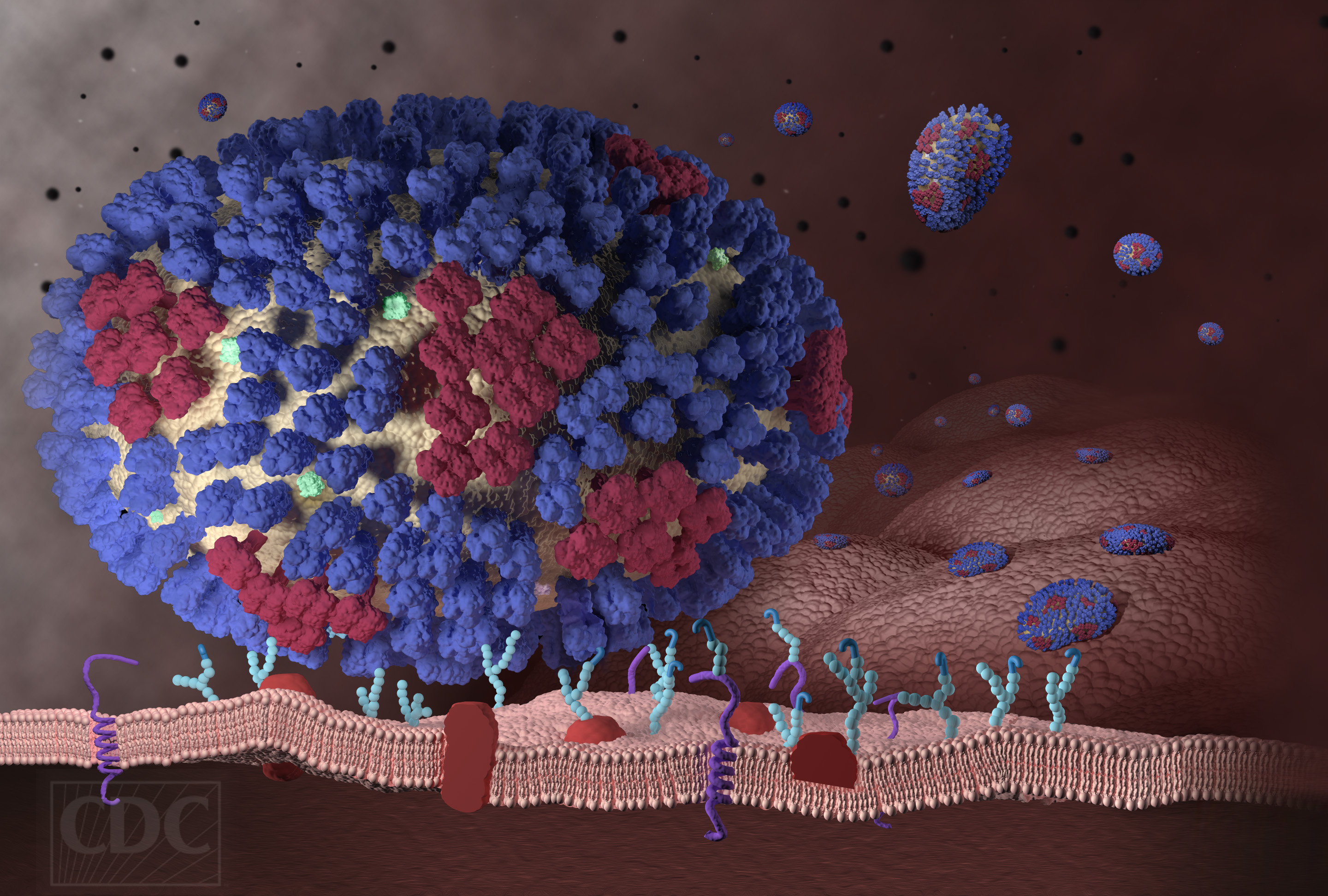
New Tool Monitors Real Time Mutations In Flu
A Rutgers-led team has developed a tool to monitor influenza A virus mutations in real time, which could help virologists learn how to stop viruses from replicating. The gold nanoparticle-based probe measures viral RNA in live influenza A cells, according to a study in The Journal of Physical Chemistry C. It is the first time in virology that experts have used imaging tools with gold nanoparticles to monitor mutations in influenza, with unparalleled sensitivity.

An atomic view of the trigger of the heart beat
Heart cells have tiny pores that generate electrical signals to initiate each heart beat. Structural studies of these channels are providing details how they work, how they malfunction due to different inherited mutations, and how they respond to drugs.

Researchers Discover New Mutations in Gene Associated with Disease That Causes Weakening of the Heart
Researchers from the Intermountain Healthcare Heart Institute in Salt Lake City have identified new mutations in a gene commonly associated with non-ischemic dilated cardiomyopathy (NIDC), a disease that weakens the heart muscle, making it more difficult to adequately circulate blood to meet the body’s needs.
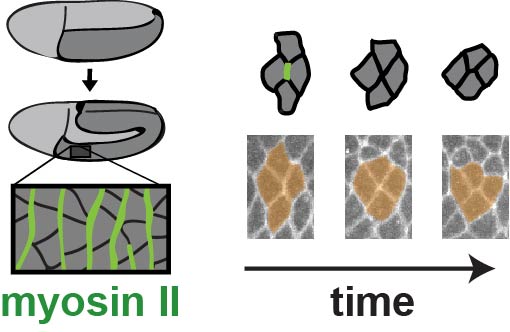
New Clues as to Why Mutations in the MYH9 Gene Cause a Broad Spectrum of Disorders in Humans
Researchers have used the Drosophila embryo to model human disease mutations that affect myosin motor activity. Through in vivo imaging and biophysical analysis, they demonstrated that engineering human MYH9-related disease mutations into Drosophila myosin II produces motors with altered organization and dynamics that fail to drive rapid cell movements, resulting in defects in epithelial morphogenesis.
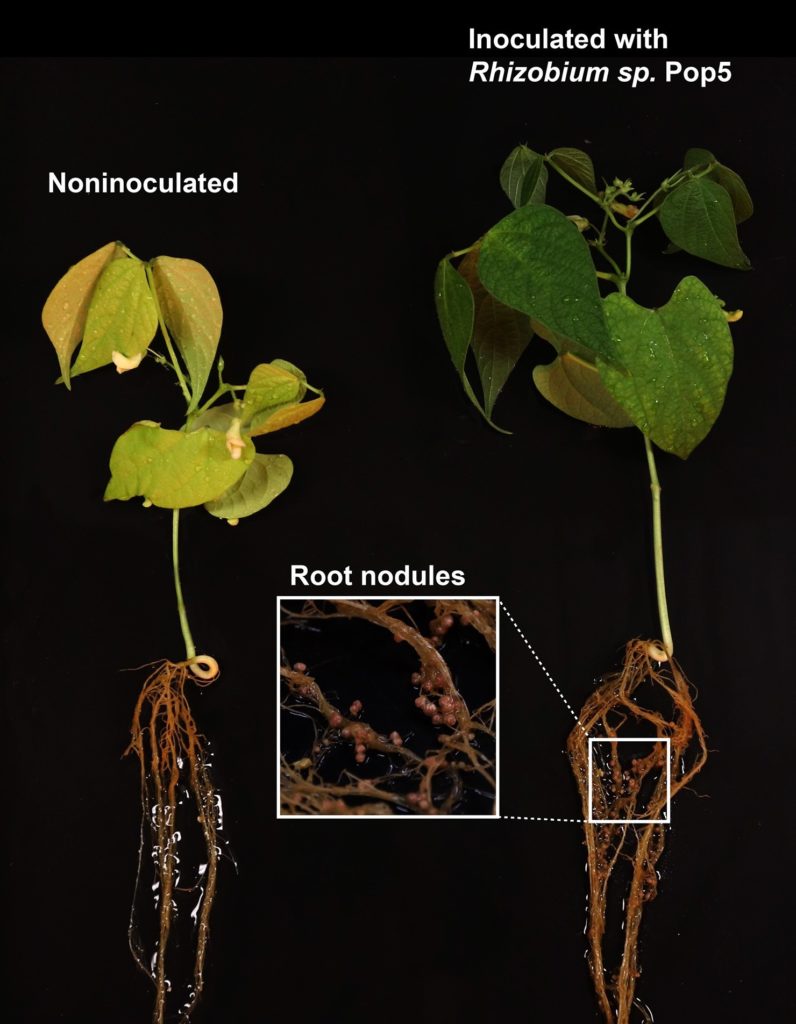
Scientists Discover New Antibiotic in Tropical Forest
Scientists from Rutgers University and around the world have discovered an antibiotic produced by a soil bacterium from a Mexican tropical forest that may help lead to a “plant probiotic,” more robust plants and other antibiotics. Probiotics, which provide friendlier bacteria and health benefits for humans, can also be beneficial to plants, keeping them healthy and more robust. The new antibiotic, known as phazolicin, prevents harmful bacteria from getting into the root systems of bean plants, according to a Rutgers co-authored study in the journal Nature Communications.
Researchers are first to map molecular structure of protein aggregate variant that leads to Alzheimer’s
A research team including faculty at Binghamton University and University of Colorado Denver are the first to map the molecular structure of an aggressive protein aggregate that causes acceleration of Alzheimer’s disease.